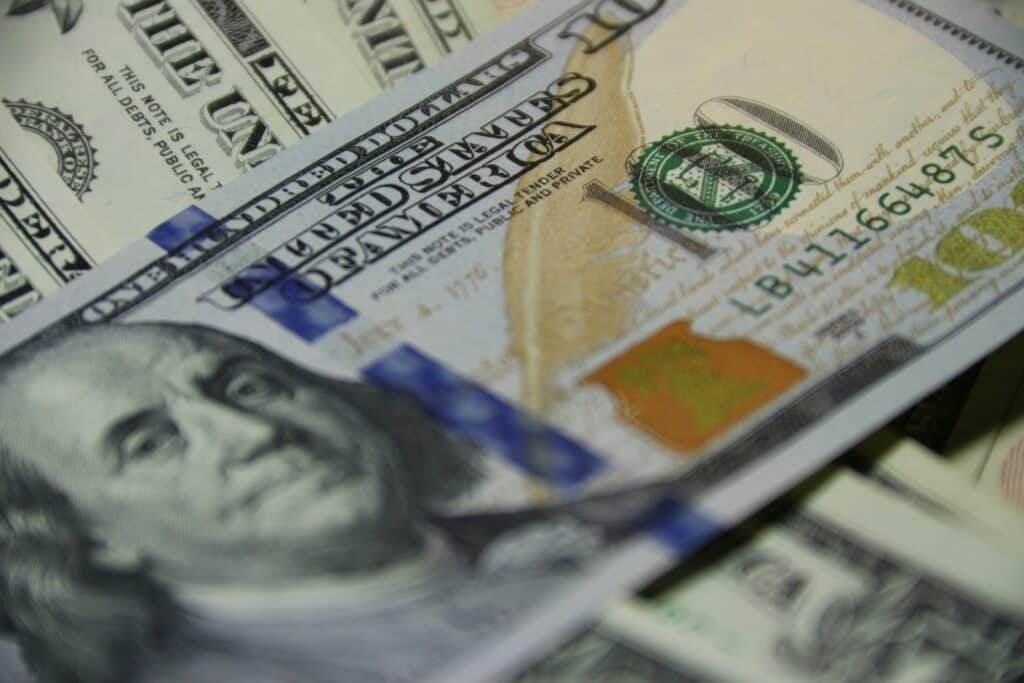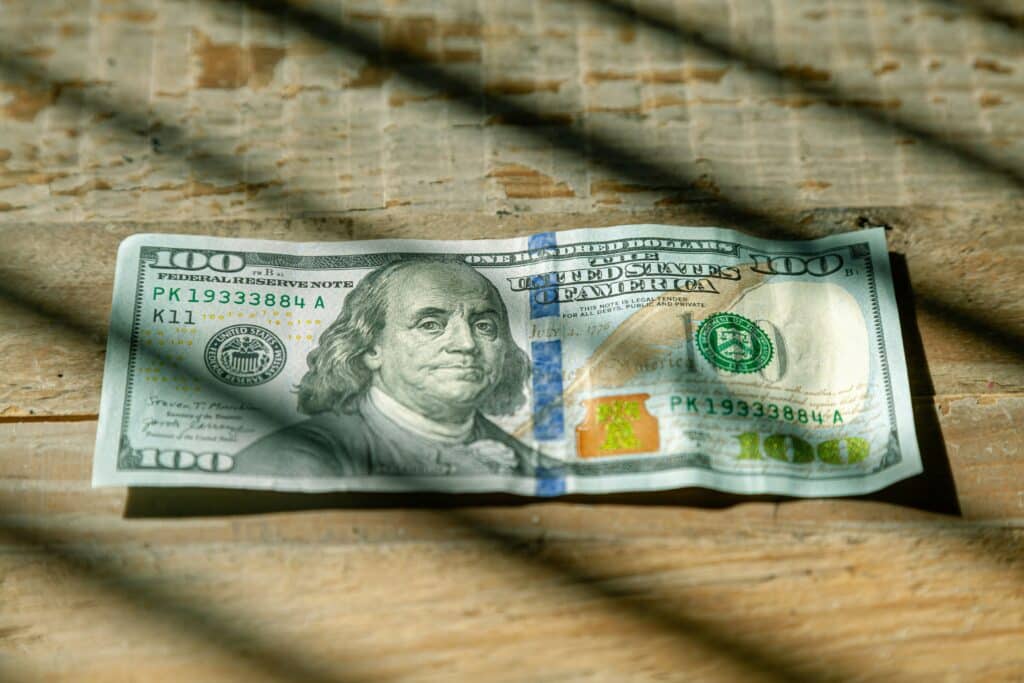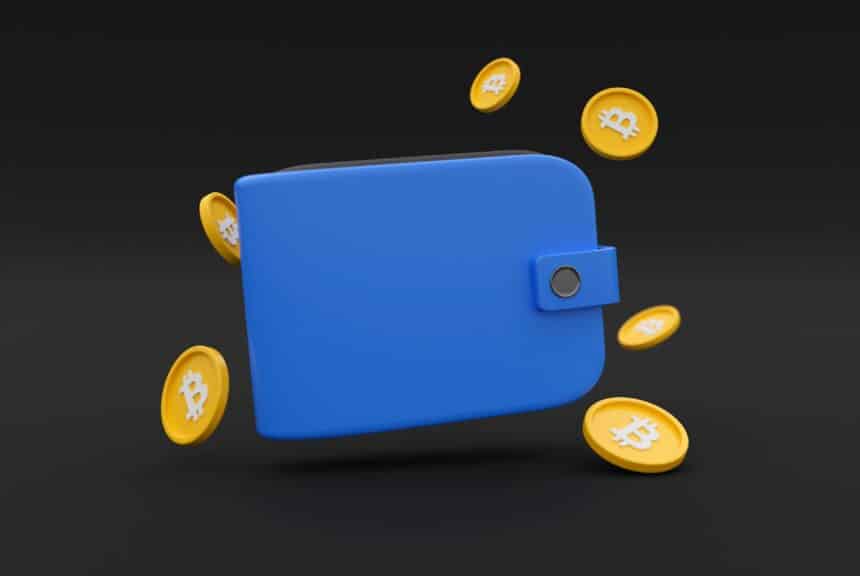News sources report that in a recent public announcement in New Hampshire, GOP Donald Trump stood by his stance against the introduction of a federal digital dollar in the United States. He stressed his plans to protect Americans from what he called a “government tyranny.” He also promised to resist any plans by the Federal Reserve to bring a digital version of the U.S. dollar.
Several countries have come to terms with crypto and are inclined to learn more about digital currencies and make their economies inclusive of these new financial systems. In this pursuit, the idea of a Federal Digital Dollar has caught the attention massively. The United States, in particular, is considering the feasibility of a digital dollar, which could revolutionize the country’s financial ecosystem. The concept is to craft a digital version of the U.S. dollar that would lie under the ownership of the Federal Reserve. This development is supposedly being considered to integrate crypto finances into conventional financial systems for more efficient, secure, and accessible financial transactions.
What will the Federal Reserve Do?
The Federal Reserve is the central banking system of the United States. This body is leading the Federal Digital Dollar Plan. Its focal points are maintaining monetary and financial stability, along with promoting the safety and efficiency of payment systems. A digital dollar will further these objectives by supposedly increasing the speed and security of transactions.
The Federal Reserve has been researching central bank digital currencies (CBDCs) for many years, sources report. It released a paper about the pros and cons of the digital dollar in 2021 which emphasized that a CBDC could enhance payment efficiency, expand access to financial services, and bring financial inclusion. However, it also talked about the downsides like breach of privacy, cybersecurity risks, and the impact on monetary policy.

How Good is the Federal Digital Dollar?
The dominating benefit of a Federal Digital Dollar is its alleged potential to streamline payments. A digital dollar could empower lightning-fast transactions, lowering costs for businesses and consumers. This efficiency could be specifically a big plus for cross-border payments, which are characterized by high fees and long processing times.
Additionally, the Federal Digital Dollar Plan is poised for financial inclusion. Several Americans do not have access to conventional banking services and a digital dollar could alleviate their plight by making the money accessible through smartphones and other digital devices. This initiative is also set to increase economic participation by reducing the gap between the banked and unbanked populations.
Is There a Downside?
The Federal Digital Dollar Plan does not come without its limitations. The biggest of them all is that of privacy, as reported. This development will lead to increased surveillance of individuals’ financial activities. People are accustomed to the anonymity provided by cash but digital can be easily tracked. The Federal Reserve has addressed this concern and reportedly said that it would need to balance the need for transparency with the protection of individual privacy.
Cybersecurity is another sensitive loophole. A digital dollar calls for strong security measures to prevent hacking and fraud. The Federal Reserve has stressed that any digital currency system must withstand the tests of cyberattacks and maintain the integrity of the financial system.
There are also concerns about the potential impact on monetary policy. A digital dollar could change how the Federal Reserve implements monetary policy in terms of interest rates and the money supply. Also, the widespread popularity of the digital dollar could reduce the demand for traditional banking services, potentially tearing the financial sector apart.
What do the Experts Think?
Federal Reserve Chair Jerome Powell has reflected cautious optimism about the Federal Digital Dollar Plan. He has stressed that the Federal Reserve is taking a measured approach to its development. “We have not made a decision to issue a central bank digital currency,” Powell said. “We think it’s our obligation to move quickly, but to move carefully, and not to disrupt the existing financial system.”
Other experts have also put their two cents in. Some state that the United States risks falling behind other countries, such as China, which has already launched a digital version of its currency. They believe that a Federal Digital Dollar is necessary to maintain the dollar’s status as the world’s primary reserve currency. Others, however, warn that the U.S. should not rush into issuing a digital dollar without deeply calculating the risks.

Takeaway
The Federal Digital Dollar Plan shows a significant shift in how money could be managed and used in the United States. While it offers lucrative benefits, such as increased payment efficiency and financial inclusion, it also presents challenges, including privacy concerns, cybersecurity risks, and potential disruptions to the financial system. As the Federal Reserve continues to explore the possibility of a digital dollar, it must carefully balance these factors to ensure that any implementation supports the broader goals of financial stability and economic growth. Learn more about disruptive crypto policies with TheBITJournal.




























